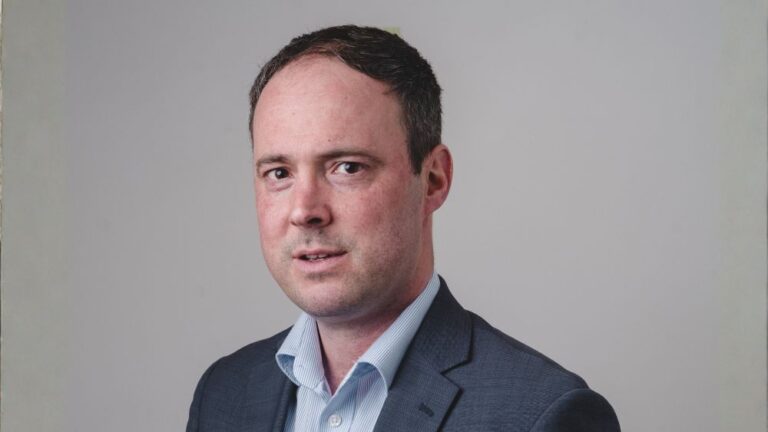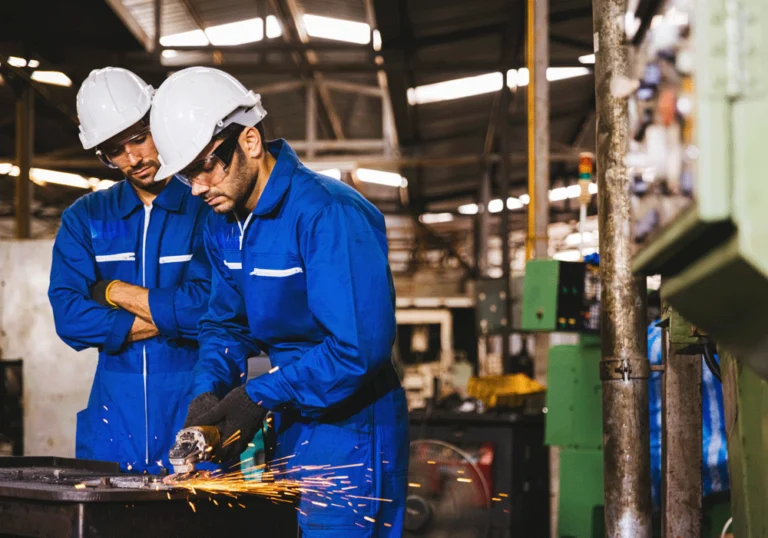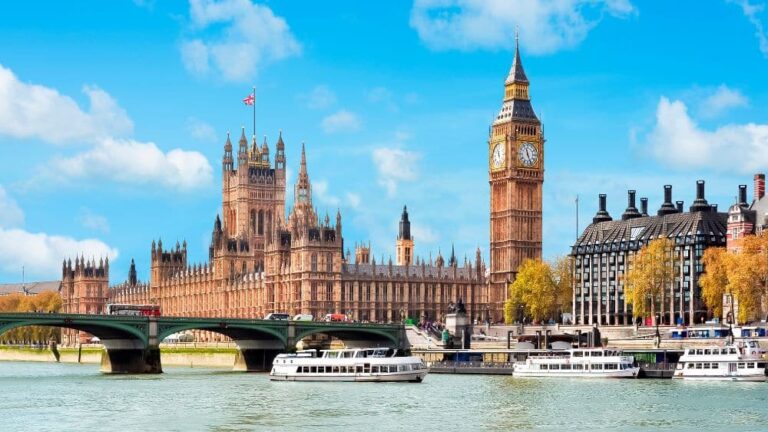
Capital allowances for property investors: What you can and can’t claim in 2025
Capital allowances are a valuable way for property investors to save on tax. Whether you can claim them depends on the type of property and what the money is spent on. Many landlords miss out because they think they don’t qualify or aren’t sure how much they can claim. However, UK and overseas property businesses are included as qualifying activities and if you’re eligible, making a claim could leave to valuable tax benefits.
Landlords can’t claim capital allowances on expenses related to dwelling houses. However, there is an exception for furnished holiday lets (FHL) which qualified for plant and machinery allowances up until April 2025. This was when the special furnished holiday letting regime was abolished for tax purposes.
If a property qualified as a furnished holiday let during the 2024/25 tax year, it may still be possible to make a claim. The transitional rules are favourable in that losses created can be carried forward against property income. Also, capital allowance pools can continue to be claimed going forward.
What allowances can property investors claim?
Plant and machinery allowances
Property investors can claim plant and machinery allowances on qualifying fixtures and basic features within commercial properties. These include items like electrical systems, heating systems, and other fixed plant and machinery such as fitted kitchens and bathroom sanitaryware.
When buying a property, the amount allocated to fixtures is normally fixed by way of a tax election agreed with the seller (where early negotiation is key). If you’re paying to install fixtures, the cost which can be allowed will include transportation and installation. It will also potentially include certain survey costs or preliminary costs.
In addition to the plant and machinery build within the buildings, landlords may also qualify for allowances on other items of plant and machinery used to run the business. This can include computers, phone systems and tools for maintenance.
Many businesses will qualify for an annual investment allowance (AIA) which provides relief of up to £1m at 100% for qualifying expenditure. There are special rules for when this allowance needs to be shared.
There are different allowances potentially available to companies, including full expensing and 50% first year allowances. These become more of interest where the AIA of £1m has been exceeded.
If your spending goes over the AIA, or if first year allowances are not available, qualifying plant and machinery will be eligible for writing down allowances at 18% for main pool expenditure and 6% for special rate pool expenditure. Careful consideration should be given to the allocation of expenditure to allow the most efficient use of allowances.
Structures and buildings allowance (SBAs)
For non-residential properties, landlords can claim structures and buildings allowance at a flat rate of 3% per year. This applies to the cost of constructing, renovating, or acquiring the building or structure. Claims can start from the date the building is first used for a non-residential purpose, or if later, the date the qualifying expenditure is incurred.
SBAs aren’t just for buildings – they also apply to structures such as roads and footpaths. You can also claim for related costs such as design fees and site preparation. However, some costs don’t qualify, including planning permission, landscaping and land reclamation.
Expenditure will only qualify for SBAs where the contract and expenditure were entered into and incurred on or after 29 October 2018.
Interaction with tenants
Where an incoming tenant pays a premium for a new lease, they may seek to claim allowances on the part of the premium that relates to fixtures. To do this, both the tenant and landlord must agree and make a joint election—provided the landlord is also eligible to claim allowances.
Cash basis
To claim capital allowances, landlords must use the accruals basis when working out their tax profits. Therefore, those using the cash basis are not eligible to claim capital allowances. However, if you’re using the cash basis, you may still be able to deduct certain capital costs providing full relief in the year of expenditure.
Land remediation relief
Corporate landlords may be able to claim enhanced tax relief when they spend money cleaning up land. This includes removing harmful substances like asbestos or Japanese knotweed. If the costs qualify, they can claim a 150% deduction, giving them extra tax savings.
Need help identifying what you can claim?
Capital allowances can be complex, but understanding what you can and can’t claim is the first step. If you’re unsure how the rules apply to your property or want to explore ways to maximise your tax reliefs, it’s worth having a conversation.
Get in touch with our team of tax specialists to review your property portfolio and ensure you’re making the most of the reliefs available.












